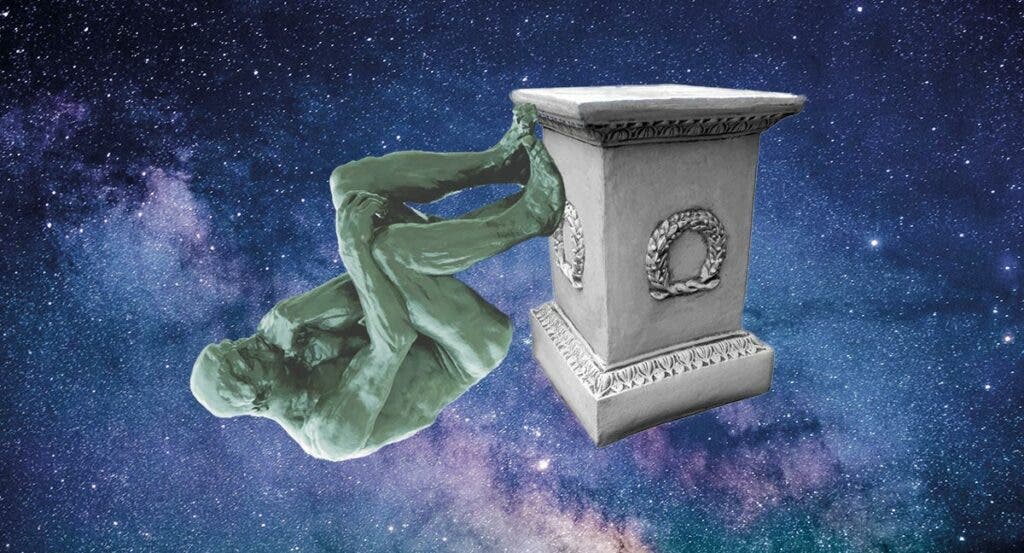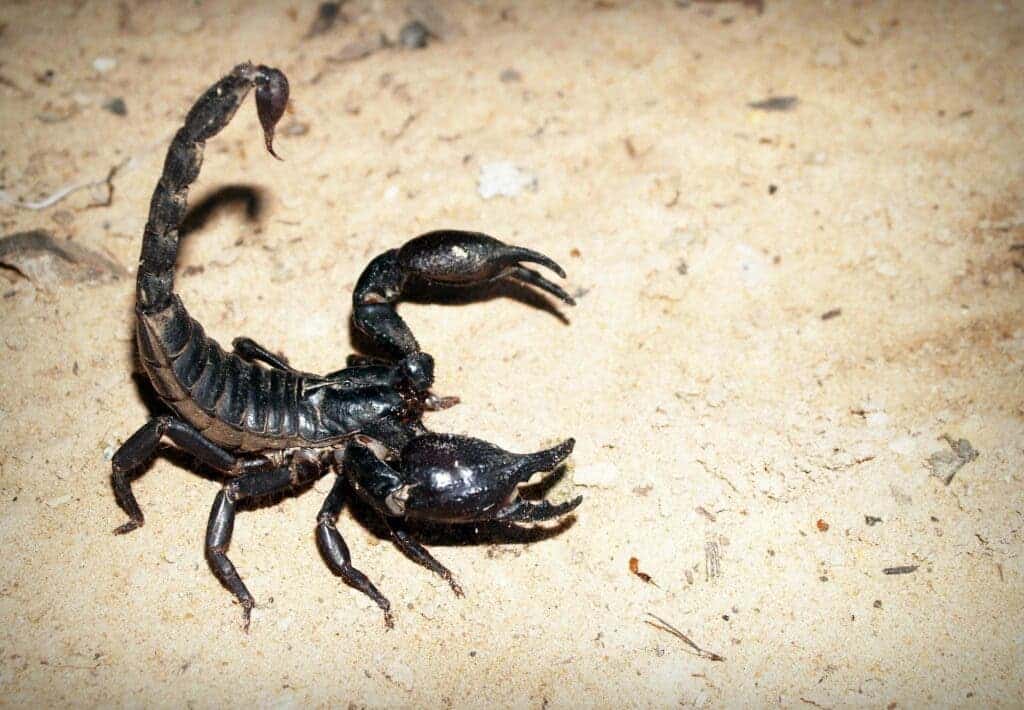
It’s that exciting time of the year when we “celebrate science that first makes people laugh and then makes them think”. That’s the motto of the Ig Nobel Prizes, a satirical award parodying the more famous but uptight Nobel Prizes, which just announced this year’s recipients. They include research that built a moose crash test dummy that simulates vehicles colliding with wildlife, a study that looked at how constipation affects the mating prospects of scorpions, research that looked for the most efficient way to use your fingers to turn a knob, and a heart-warming study that found new romantic partners meeting for the first time synchronize their heart rates.
Safer roads with moose crash test dummies

Every year in Sweden, thousands of cars run into moose, fatally wounding wildlife and, in some cases, the human drivers as well. On average, about ten people die yearly in motor vehicle-related accidents involving elk. Swedish IT engineer Magnus Gens looked at these stats and decided he had to do something about it, so he began studying the anatomy of the moose, looking for ways to improve vehicle safety design. His study eventually led to the development of a moose replica made of a series of overlapping circular rubber plates, which mimic the density and deformation of the animal’s tissue when it collides with a car running at various speeds.
“A moose will weigh something like 250kg (550lb) or 300kg, but the car weighs maybe 2,000kg. And what this means is that the automobile doesn’t slow down enough on impact for the airbags to be triggered,” Magnus told BBC News.
“It’s a terrible impact. You will see the windshield explode and all of the glass will end up in the lap and in the face and in the torso of the passengers in the front seat. And it almost tears the roof off the car.”
It’s a clever, creative, and quite funny-looking design, although there’s nothing to laugh about motor accidents. A number of automobile manufacturers have now picked up Magnus’ moose crash test dummy design and plan on running their own trials, which would hopefully lead to better safety standards that save lives.
The science of knob turning

There’s an optimal way to do anything, from squatting in the gym to managing taxes. Noticing that the fine art of knob turning was woefully overlooked, Japanese industrial designers set out to study the “rotary control of columnar knobs.”
Researchers analyzed video footage of 32 volunteers turning 47 knobs of various sizes. They found that in order to turn a knob wider than one centimeter, three fingers are required but four fingers or even all the hand’s digits are required to optimally turn a knob between 2.5 and 5 centimeters in width.
The study could help manufacturers design more ergonomic door handles, but also similarly shaped control surfaces, such as faucets and volume control knobs on audio mixers. For their remarkable contribution and in recognition for “focusing on a problem that no one cares about”, the Ig Noble committee awarded the researchers the engineering prize.
Why do ducklings swim in a line formation?

Professor Frank Fish of West Chester University in Pennsylvania is asking the real questions. Many years ago, while he was still a Ph.D. student at the University of Michigan and out in nature, Professor Fish noticed a mother duck and her ducklings swimming along a river line formation, a familiar sight we all recognize.
But the scientist went a step further and conducted a quirky experiment using a mechanical mother duck in a large tank of water, along with live ducklings. The researchers found that the line formation actually saves energy as each passing duckling breaks the water, making it increasingly easier to cruise on the water’s surface, with the last duckling saving the most energy. A much-deserved physics prize was awarded to Fish by the Ig Nobel committee.
Constipated scorpions on the prowl for mates

Some scorpion species, such as the South American Ananteris balzani, have evolved the ability to sacrifice their tails in the event of being snatched by a predator. In the process, however, the scorpion also loses its metasoma, the posterior part of its body that contains important circulatory and digestive systems. This includes the anus, which means that over the course of weeks or even months, the stinger-less scorpion will die of a slow and agonizing death due to what’s probably the worst case of constipation in the world.
Solimary García-Hernández and Glauco Machado of the University of Sao Paolo in Brazil found that the loss of the metasomal results in a reduction of about 25% of the scorpion’s mass. Since it still has its limbs, the researchers hypothesized that the scorpion should be able to move significantly faster since it needs to haul less load — but only in the short term. As digestive byproducts build up in the intestines with no possibility to expel them, the scorpion’s mass increases thereby canceling the gains in speed at the height of constipation.
But when the researchers actually ran experiments with over 150 males and female scorpions, they found no effect in running speed after they shed their metasomal. The Brazilian researchers concluded that losing their tails shouldn’t impede the scorpions from foraging and even searching for potential mates and breeding offspring, an intriguing but unexpected finding that earned them the biology prize.
Celebrating fun and quirky science
Other notable entries include an algorithm that helps gossipers decide when it’s the right time to tell the truth and when to lie (peace prize), a study that looked at what makes legal documents difficult to understand (literature prize), a study that found evidence that when new romantic partners meet, their hearts start beating in sync (applied cardiology prize).
During the award ceremony, each laureate was invited to present the findings of their research twice: once in only 24 seconds and the second using no more than seven words. Of course, each prize included a cash bonus consisting of a 10 trillion dollar bill from Zimbabwe, as well as a PDF document that can be printed to assemble a 3D gear with human teeth.



